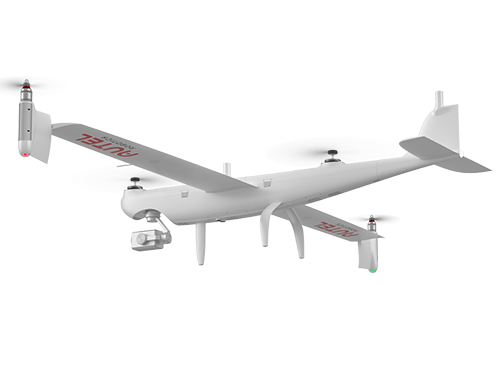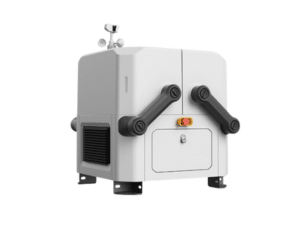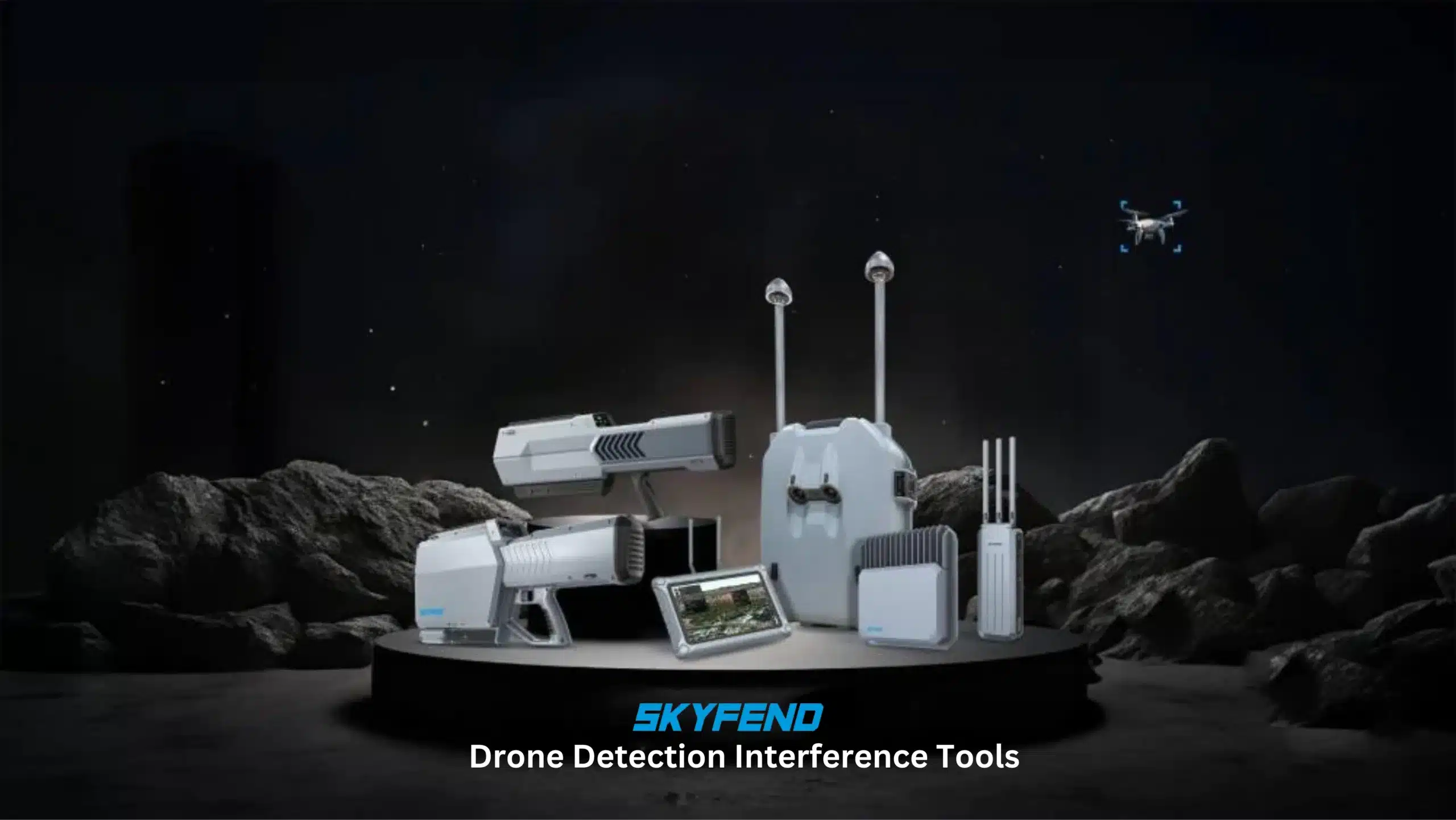Survey & Mapping
Frequently Asked Questions
Most frequent questions and answers about Survey & Mapping
This depends on the type of drone used. It can range from 10 sqkm to 80 sqkm per day.
Different methods and drones provide varied outputs. We usually say that you can achieve 1cm-3cm relative accuracy if the process is executed correctly.
There are many types of data that can be collected using drones, for example, topographic data, point cloud data, 3D models, aerial images and thermal imagery.
Drones will save you money, collect data faster, and more accurately than ever. They will also improve safety for you and your team.
Drones offer several advantages for surveying and mapping, such as increased efficiency, reduced costs, and the ability to access difficult terrains. They provide high-resolution data and imagery, allow for rapid data collection, and minimize human risk in hazardous areas.
Yes, operating a drone for surveying requires specific skills and knowledge. This includes understanding of drone flight principles, navigation, data collection techniques, and often knowledge of photogrammetry and GIS software.
The battery life of surveying drones varies, but most commercial drones have a flight time of around 20 to 30 minutes per battery. This can be extended with additional batteries or by using drones specifically designed for longer endurance.
Data from drone surveys is processed using specialized software that converts aerial imagery into maps, 3D models, and other useful formats. This process often involves techniques like photogrammetry, where multiple images are stitched together to form coherent datasets.














